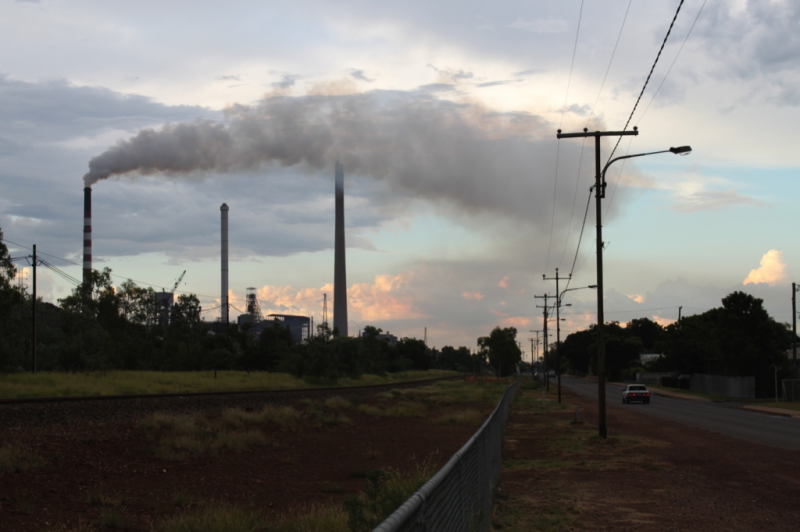Toxic metals exposures lower school scores and slow childhood development

High levels of toxic metals, found in and near mining towns, could be negatively influencing the neurological development of children in these regions, a study led by researchers at Macquarie University has found.
The study was the first of its kind to compare Australian Early Development Census (AEDC) and National Assessment Program – Literacy and Numeracy (NAPLAN) scores to metal contamination levels, analysing levels of lead, arsenic and cadmium in aerosols, dusts and soils in the mining town of Broken Hill, western New South Wales. The study also examined the outcomes in the similarly impacted lead mining and smelting cities of Port Pirie (South Australia) and Mount Isa (Queensland).
"The findings indicate that children who live in the area of Broken Hill with the highest amount of toxic metal contamination were more than twice as likely to have difficulties in two or more areas of development, compared to the national average," said Chenyin Dong, first-author on the study. "We also found that children in years 3 and 5 who go to school in in the most contaminated area of Broken Hill achieved consistently lower test scores in class compared to students attending schools in less contaminated areas."
Professor Mark Taylor, co-author of the study, commented: "similar impacts on children were identified from analysis of early development performance metrics and school scores for Port Pirie and Mount Isa. As in Broken Hill, the association between depressed scores and environmental contaminated were most marked in locations immediately adjacent to the smelting and mining operations in these towns."
"The results show how mining and smelting emissions have a negative impact on children's behavioural measures, meaning it is incredibly important to regulate industries that contribute to this form of environmental contamination," said Professor Taylor.
The release of the study comes after the $13 million investment by the NSW Government in February, the money of which will be used to reduce exposure to toxic metals in Broken Hill.
"Exposure to toxic metals is a modifiable risk factor, so it is not unreasonable to expect that future health and welfare strategies for mining regions should include approaches to reduce such risks," Professor Taylor concluded.
More information: "Environmental contamination in an Australian mining community and potential influences on early childhood health and behavioural outcomes," Environmental Pollution, Volume 207, December 2015, Pages 345-356, ISSN 0269-7491, dx.doi.org/10.1016/j.envpol.2015.09.037
Provided by Macquarie University



















